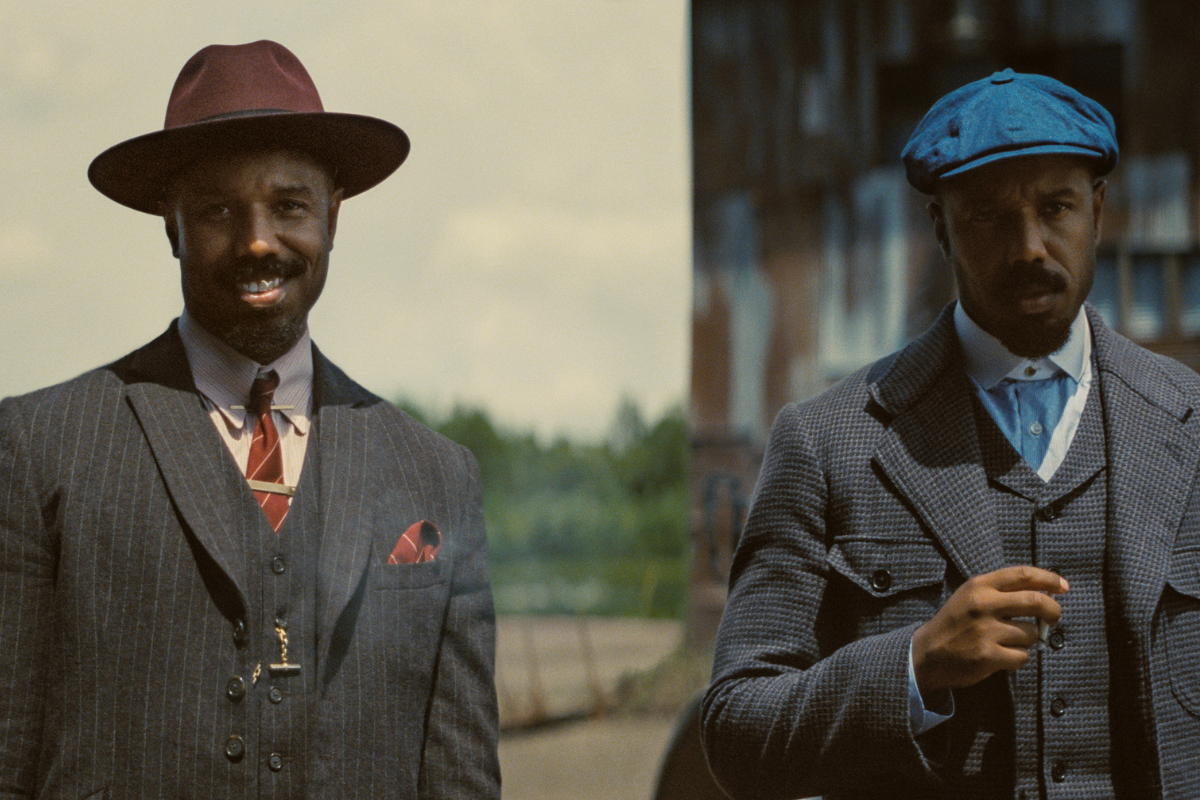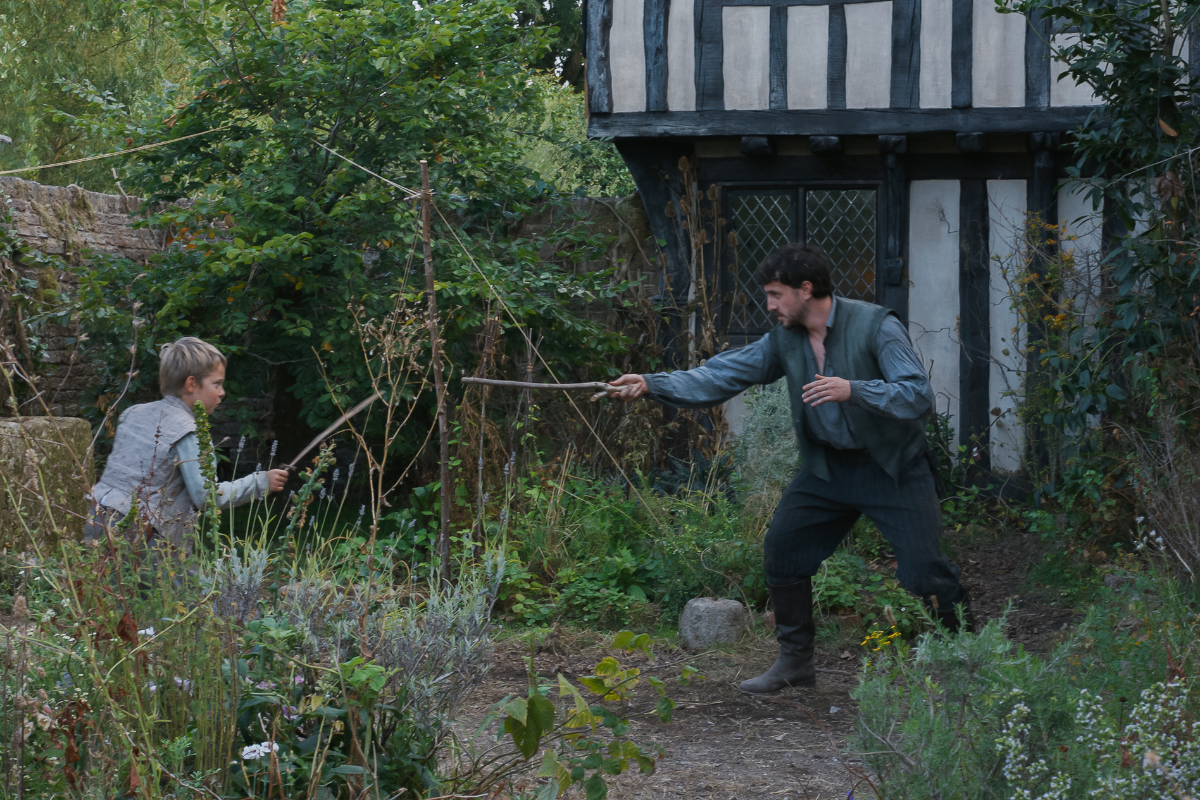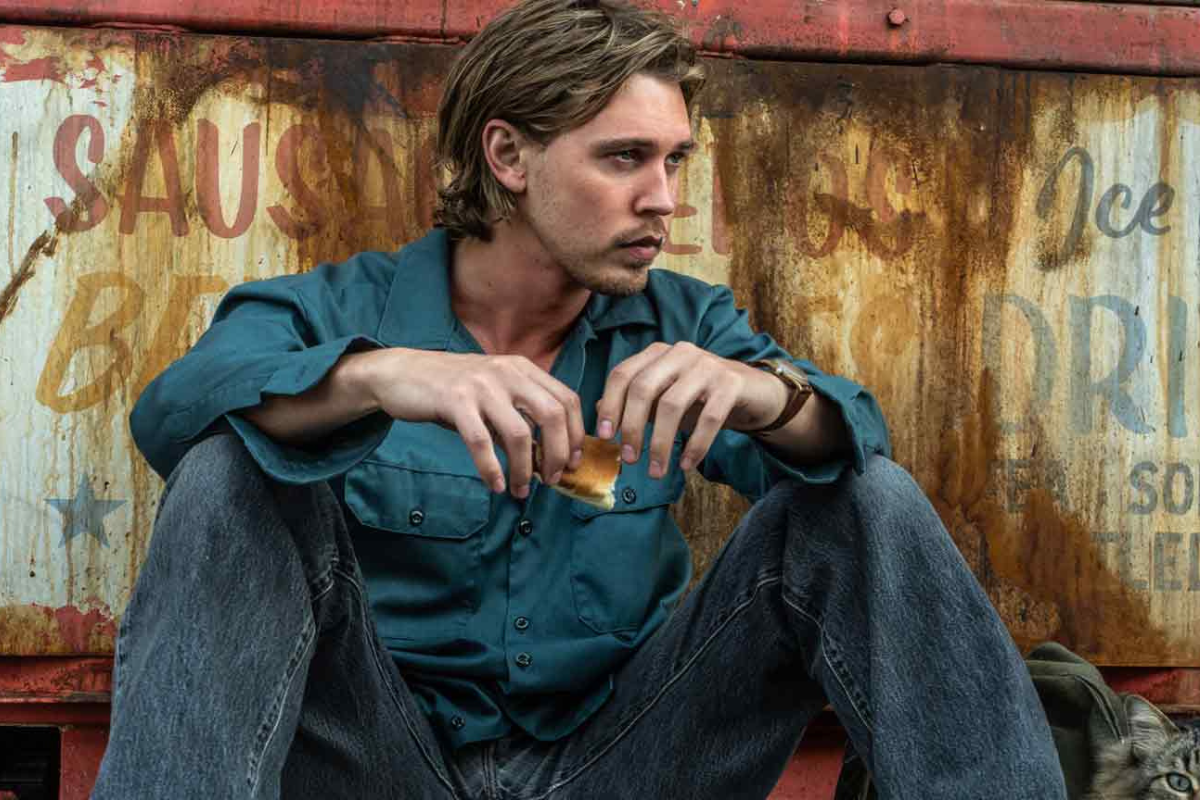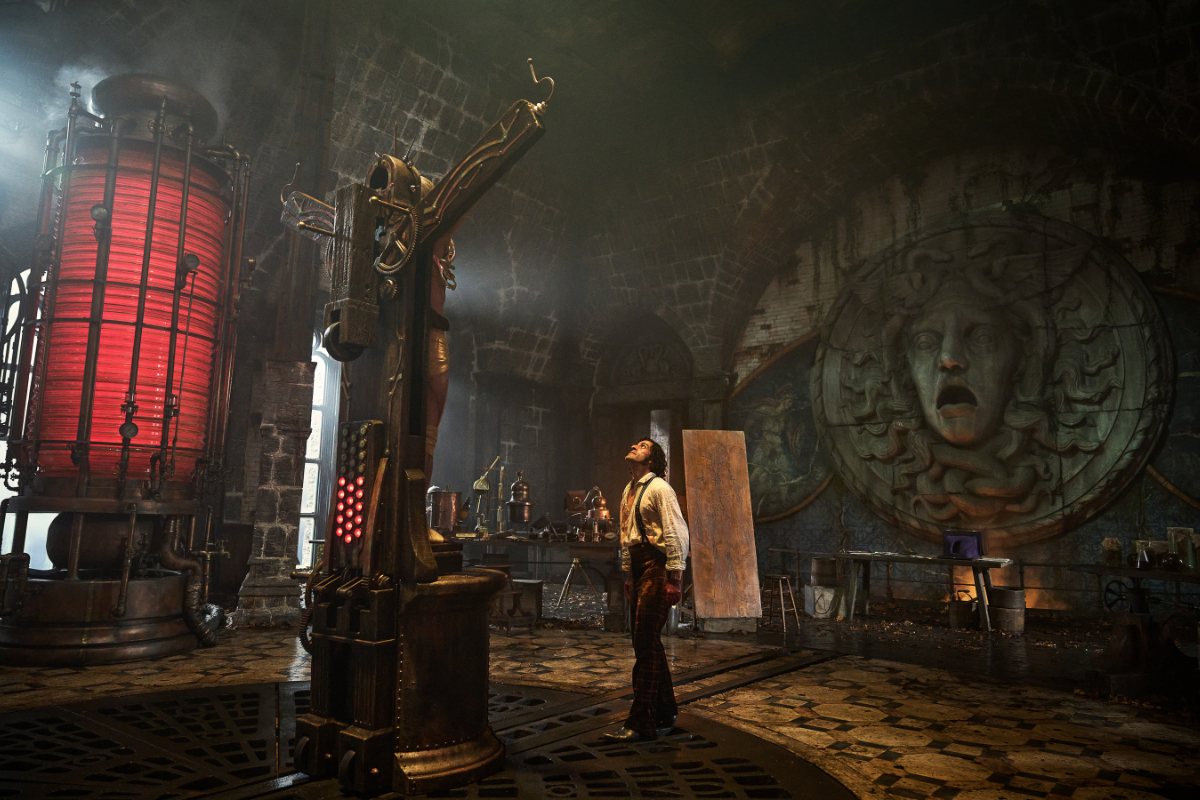A Bundle of Joy and a Dumptruck full of Doodads: ‘The Fantastic Four’ Steps on ‘Superman’
It’s all about that “core” conflict.
It’s late summer and the two big superhero movies of the season have come out: Superman from DC and The Fantastic Four: First Steps from Marvel. At the box-office, the films had very similar domestic and international openings, but it’s clear Superman is having more staying power at the cinema.
That’s too bad, because, creatively, I believe Fantastic Four is a much better film than Superman, and its success began with a foundation of solid writing choices (ironic, considering that Superman had one writer and Fantastic Four had several writers and even went through an arbitration process to decide final credits). Both films are visually stunning, but it’s the story and characters that make Fantastic Four stand out to me.
I must admit, I wasn’t always this bully on the prospect of a new FF movie. In the run-up to the release, I definitely had my doubts. I was worried about reports that we wouldn’t see their origin but rather join the FF already in action as a successful world-saving superhero team. I was worried about the retro-style and the story being set in an alternate universe outside of the core MCU films. But mostly, I was flummoxed as to why they were including Sue Storm’s pregnancy so early in the saga. In the original comics by Stan Lee and Jack Kirby, she doesn’t become pregnant with Franklin Richards until years into the run. It seemed like the perfect ending to this film would be Sue saying “I’m pregnant.” Cut to credits.
Oh boy, was I wrong to worry. The baby was the BEST thing that could have happened to this film. Not only was it unique to have a superhero movie revolve around a pregnancy, but the brilliant “core” conflict of the film is built around it, and this core conflict is the greatest strength of The Fantastic Four: First Steps. Everything else is window dressing.
Let’s face it, the story is silly comic book fare, but that’s by design. This isn’t about realism, it’s about outrageous, thrilling Science Fiction for all ages, especially kids. The tone of this film is very close to the first issues of “The Fantastic Four” by Stan Lee and Jack Kirby. In a typical issue, a baddie is introduced, they fight said baddie, and approximately 25 pages later, they’ve defeated them and saved the Big Apple, possibly the world. I don’t think 9 year-old boys in the mid-1960s were arguing about the physics of Mister Fantastic’s stretching ability or the traffic repercussions of Mole Man’s assault on mid-town Manhattan. It wasn’t about realism. They were just having fun.
The movie took that spirit and ran with it, and the result was a truly good time. But it wasn’t enough. They needed the emotion. They needed us to REALLY root for the fam and REALLY wonder how they were going to defeat this seemingly unstoppable baddie. They needed an engine, a compelling “core” conflict. About 40 minutes in, textbook range for what I call the “First Trial/First Casualty” beat in my Story Map, they drop one of the greatest reversals I’ve seen in a superhero movie. [WARNING: MAJOR SPOILERS AHEAD for FF and Supes.]
In short, here’s what happens. After a herald tells them Galactus is coming to eat their planet and there’s nothing they can do about it except enjoy the little time they have left, the fam flies into space to find this Galactus guy and hopefully figure out how to defeat or negotiate with him. But when they get there and meet him, without so much as offering them a sparkling water, he says “I’ll spare Earth if you give me your unborn child.”
Whoa.
Now that’s drama. It’s so primal and universal, it almost feels like ancient Greek theater. Best of all, it presents an impossible decision. The question makes you shudder.
Would you give up your baby to save billions of strangers?
That’s a simple, high-stakes dilemma. But don’t be fooled by the “simple” description—it’s one of the hardest things for a writer to come up with. Especially when you have $200 million and every toy you can buy, and you can literally do anything. The tendency is to throw everything and the kitchen sink on the screen. But we’ll get to James Gunn in a minute.
Back to the baby being the crux of a core conflict: it’s never really been seen in this genre of film, even though it seems like such an obvious device to make your heroes vulnerable. We usually get the bad guy who wants to blow up Earth or the quest for the power-thingee that could blow up Earth and the, well, that’s usually it. To be fair, sometimes you get the bad guy AND the power-thingee. (No shade to The Avengers movies, I love ‘em.) But the baby was new, and I loved the device.
Now, James Gunn’s Superman. The film that launches the all-new, all-dancing DC Universe (or whatever they’re calling it). This was DC’s big new shot across the bow. But ten minutes in, I knew the truth.
Shot missed.
Or, more accurately, blocked by one of Sue Storm’s invisible shields. (C’mon, you can’t not pit the two movies against one another—they opened two weeks apart!) Personally, I thought Superman was a big, chaotic mess with way too many offscreen (“told”) elements and a baffling decision to open the film on a text crawl that explains what we just missed, including the catalyst for the entire plot (Superman intervened in a war, the details of which are to be explained and discussed ad nauseum in several upcoming scenes).
It wasn’t all bad. The movie had some nice themes and I appreciated Clark’s inner journey of learning to be the caring man his step parents brought him up to be, not the cold vision his Kryptonian birth parents had for him (although it sullied his classic origin story to essentially turn his birth parents into villains). My favorite scene in Superman involves Metamorpho, the odd, normally good supporting character played by Anthony Carrigan (“Noho Hank” in HBO’s Barry). It’s my favorite precisely because the conflict of this moment is so primal. Interestingly, it also involves a baby! (Does Hollywood suddenly have baby fever?)
Inside a glass cage, located within one of Lex Luthor’s inter-dimensional “pocket universes,” Metamorpho has used his abilities to generate Kryptonite and is using it to slowly kill Superman. He’s doing this under duress by Lex Luthor, who has imprisoned Metamorpho’s baby, who we can see, about 50 feet away inside another glass box. Even though the baby looks like some sort of alien blob, he’s still cute, he’s still a baby, so there’s no need to explain the situation. Lex Luthor is a monster to have forced Metamorpho to decide between the life of Superman or his child. Our heart breaks. And our hero is dying, which also breaks our heart, creating REAL STAKES. Real emotion.
The scene takes a turn when Superman comes up with a way out: if Metamorpho can spare his life and resuscitate him, Superman can punch out of the prison cell and also save the baby. Will Metamorpho take the risk and trust Superman to save his child? It’s a compelling sequence, and it’s all shown, rather than “told,” which I wish applied to more of the movie. And it’s a simple, primal, relatable conflict, whereas the rest of the film is overstocked with too many unmotivated flights of fancy that feel like mere setup for future films, or just jokes that didn’t land. E.g., Jimmy Olson being incredibly attractive to every woman who sees him? Um, why?
Ultimately, I appreciated the focus that the writers and director Matt Shakman brought to The Fantastic Four: First Steps. It’s rare to find a tightly cut franchise film these days (only 103 minutes) with a focus on a single core engine: save the baby from the baddie. There’s more to the story and the characters, of course, but that simple concept (again, not “easy,” just simple, i.e., elegant) holds it together. Superman, in contrast, tried to use three core conflicts: Superman’s involvement in world politics (the Moravian conflict, et al, which literally and figuratively felt a world away from our hero), his search for inner peace in relation to his two sets of parents, and the battle against Lex Luthor and his minions. All three were eventually integrated, but dare I say none of these dilemmas are very “relatable,” for lack of a better term.
Of course, that’s the bugbear of the property—how do you make a character who is essentially a god, relatable? One way is to begin with his origin story, like they did in Superman: The Movie (1978) or Man of Steel (2013). Another is to put his loved ones in the direct crosshairs of the villain, which didn’t play a big part here. Another is to SHOW him making a big mistake early on, so we really feel for him as he attempts to atone for this error. But Gunn chose not to show him making the big mistake everyone blamed him for, and then he also made the problematic decision to establish right from the start that Superman can be beaten by another guy with similar powers (the enigmatic “Ultraman”). I think it would have been more effective to first show us Superman being unstoppable, then just when it seems his power is at its peak, his nemesis arrives and truly shocks us by kicking Superman’s butt.
As for him and Lois, I appreciated the attempt to make their relationship more realistic by giving them issues with communication and trust, but there’s something to be said for the classic simplicity of the love interest getting kidnapped by the bad guy and our hero having to save them. We didn’t have a ton of time to establish Reed and Sue in Fantastic Four, either, but we felt their emotion from the opening scene when she tells him she’s pregnant, and we see what it means to this couple who had given up hope of having a child. (Perhaps this was the downfall of the film at the box-office: the situation was too “adult,” and kids struggled to relate to it.)
Inevitably, Reed and Sue’s struggle must come to the crucible moment, the moment when they decide to risk the life of their baby to overcome Galactus. They come to a terrible decision: they must use baby Franklin as bait to catch the big baddie. Shakman stages it in the most simple, visually universal way – they plop the baby down in the center of Times Square in his carrier as if he were a wounded goat being dangled before a T-Rex… and they wait. (Not for long, because this is a tightly cut film, as you recall.) This leads to one of the best climactic set pieces in recent superhero history, complete with multiple character arcs coming to fruition in thrilling ways.
What’s the lesson here? Come up with a primal, relatable, universal core conflict and keep escalating the stakes for your protagonists until their breaking point. Make that compelling conflict contain an impossible decision. E.g., They give up their baby, they’re monsters. They let Earth die, they’re monsters. There is no clear, easy path out of this simple dilemma. For the record, constructing these base elements is all done before a page of the script is written. It’s defined in what I call your “Basic” Story Map, and it must be figured out before you start writing, or you’re just going to waste a LOT of time trying to find the crux of your story AS you write.
In conclusion, James Gunn would do well to hire me to consult on the other DC screenplays, before they are inflicted upon the world. (Remember, James, how you said that the number-one reason the “movie industry is dying” is movies are going into production without a finished screenplay?) I will even work for cheap. But I won’t work with animals or kids. Unless they’re babies. But I don’t do diapers. Call me, Jim.
Good luck and happy writing,
Dan Calvisi
P.S. I wasn’t the only one who was moved by the Metamorpho scene. My older brother the sports and cars guy, who has only been to the theater twice this year, seeing F1 (because of cars) and Superman (because he wanted to get out of the heat), texted me afterward: “What was the name of the “superhero” with the infant? The dude with the Kryptonite.”







